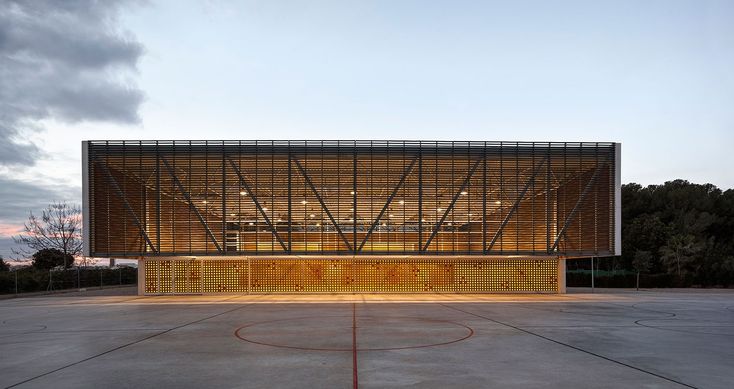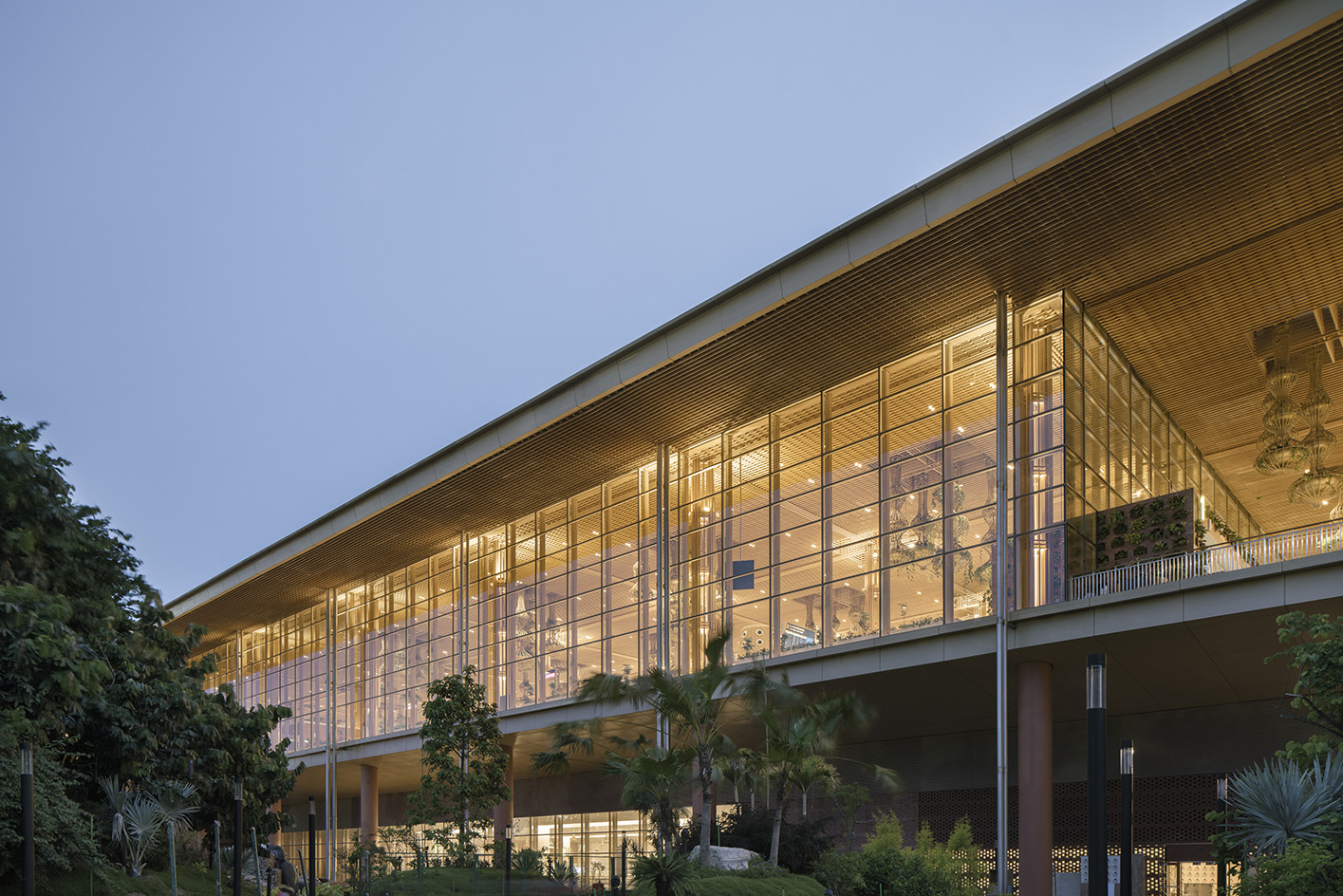Architectural typologies encompass a diverse range of building designs, each with its unique characteristics and purposes. From residential to commercial, religious to civic, understanding different architectural typologies provides insights into the history, culture, and functionality of built environments. This article provides a comprehensive overview of various architectural typologies, delving into their significance and evolution.
Residential Architecture
Residential architecture encompasses a broad spectrum of housing designs, including single-family houses, townhouses, condominiums, and multi-story apartment complexes. These dwellings serve as homes for individuals, families, and communities, shaping the way people live and interact with their surroundings. From the quaint charm of suburban cottages to the sleek modernity of urban high-rises, the residential architecture reflects diverse cultural preferences, environmental concerns, and lifestyle requirements. Architectural styles span a continuum from traditional to contemporary, with variations in size, layout, and materials influenced by regional traditions, historical contexts, and technological advancements. Whether it’s a cosy bungalow nestled in the countryside or a towering skyscraper in the heart of the city, residential architecture plays a pivotal role in accommodating the diverse needs and aspirations of inhabitants while contributing to the fabric of neighbourhoods and urban landscapes.

Commercial Architecture
Commercial architecture focuses on the design of buildings for business and commerce. This includes office buildings, retail stores, hotels, and restaurants. Commercial architecture often prioritizes functionality and branding, with attention to spatial planning, accessibility, and aesthetic appeal. Architectural styles in commercial buildings vary widely, ranging from sleek and modern to ornate and historic.
Religious Architecture
Religious architecture encompasses buildings dedicated to worship and spiritual practices. This includes churches, mosques, temples, synagogues, and other places of worship. Religious architecture often incorporates symbolic elements, sacred geometry, and ritualistic spaces designed to inspire awe and reverence. Architectural styles in religious buildings can vary based on religious beliefs, cultural traditions, and historical influences.
Civic Architecture
Civic architecture pertains to buildings and structures used for public purposes, such as government offices, libraries, museums, and community centers. Civic architecture serves as a reflection of civic pride and identity, with designs that often prioritize accessibility, inclusivity, and sustainability. Architectural styles in civic buildings may vary depending on the functions they serve and the prevailing design trends of the time.
Industrial Architecture: Industrial architecture focuses on the design of buildings and facilities for manufacturing, production, and distribution. This includes factories, warehouses, power plants, and transportation hubs. Industrial architecture emphasizes functionality, efficiency, and safety, with designs optimized for the specific needs of industrial processes. Architectural styles in industrial buildings may vary based on technological advancements and economic factors.
Green Architecture
Green architecture, also known as sustainable or eco-friendly architecture, prioritizes environmental sustainability and energy efficiency in building design. This includes passive design strategies, renewable energy systems, and the use of eco-friendly materials. Green architecture aims to minimize the environmental impact of buildings while creating healthy and comfortable living spaces. Architectural styles in green buildings may vary based on climate, site conditions, and sustainability goals.
Adaptive Reuse
Adaptive reuse involves repurposing existing buildings for new uses, rather than demolishing them. This sustainable approach to architecture preserves historic structures, reduces waste, and revitalizes urban areas. Adaptive reuse projects often blend old and new elements, preserving the character and charm of historic buildings while accommodating modern needs. Architectural styles in adaptive reuse projects can range from preservation and restoration to renovation and contemporary intervention.
Conclusion
Architectural typologies encompass a wide range of building designs, each serving distinct purposes and reflecting unique cultural, historical, and functional considerations. By exploring different architectural typologies, we gain insights into the evolution of built environments and the diverse ways in which architecture shapes our lives. From residential to commercial, religious to civic, each architectural typology contributes to the richness and diversity of the built environment, leaving a lasting impact on communities and societies.
